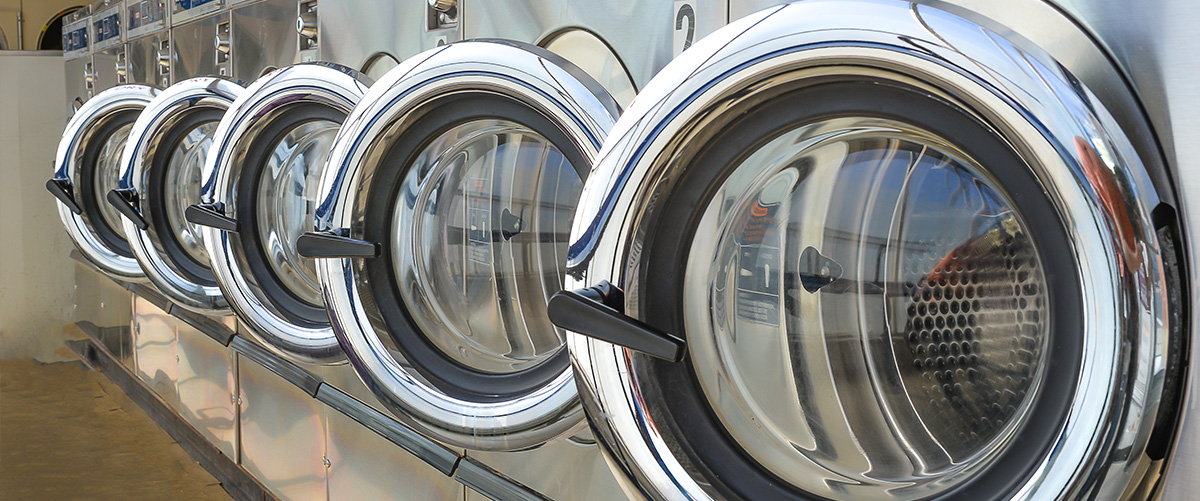Additional Broadridge resources:
View our Contact Us page for additional information.
Our representatives and specialists are ready with the solutions you need to advance your business.
Want to speak with a sales representative?
| Table Heading | |
|---|---|
| +1 800 353 0103 | North America |
| +442075513000 | EMEA |
| +65 6438 1144 | APAC |
Your sales rep submission has been received. One of our sales representatives will contact you soon.
Want to speak with a sales representative?
| Table Heading | |
|---|---|
| +1 800 353 0103 | North America |
| +442075513000 | EMEA |
| +65 6438 1144 | APAC |

Among all the ways that brands communicate with their customers, bills and statements provide a significant opportunity to demonstrate value and drive engagement. They provide an ongoing dialogue – typically as a monthly touchpoint – but, unfortunately, these communications are often overlooked by brands and can create pain points for consumers.
This isn’t too surprising when you consider consumers receive an average of 25 bills and statements a month and it can take 12 discrete steps to manage each one based on the findings of our recent focus group. In fact, one participant shared: “My bills are incredibly important but I’d rather do any other chore. I’d rather do laundry than look at them.”
So, how do we change the perception of bills and statements and turn them into valuable experiences?
We break them.
At our recent webinar, “The Future of Communications – a UX Design Challenge,” with guest speaker Emily Wengert, Group Vice President for User Experience at Huge, one of the world’s leading experience agencies, we shared how brands can start to reimagine the future of bills and statements based on insights from a first-of-its-kind design challenge.
There was only one rule for this unique, creative endeavor: the futuristic bill and statement designs would have to benefit brands and consumers, alike. After talking to numerous companies and consumers, we uncovered the top three priorities for these essential communications.
What do brands want?
What do consumers want?
Is it possible to create a communications experience that meets all of these needs? Find out in my next blog where you’ll get a behind-the-scenes look at the design challenge, specifically the rapid prototype process where the bills and statements you know today were completely reimagined.
Download our report, Disrupting Bills and Statements, to learn more.